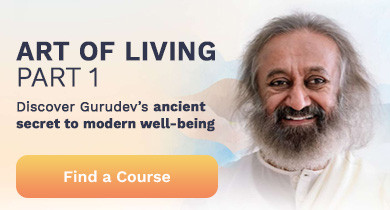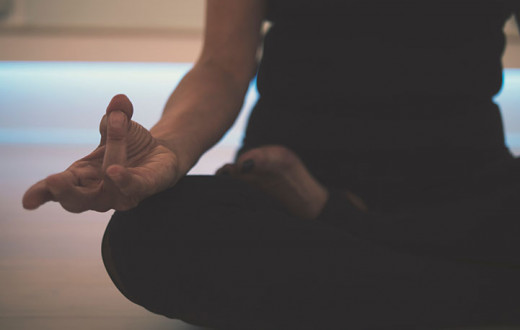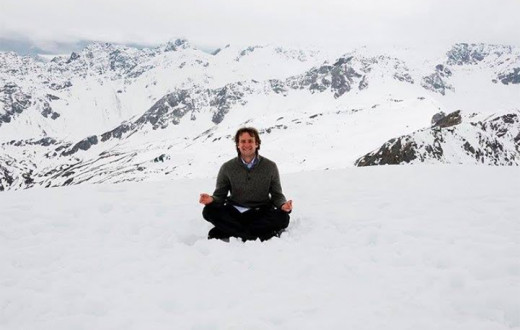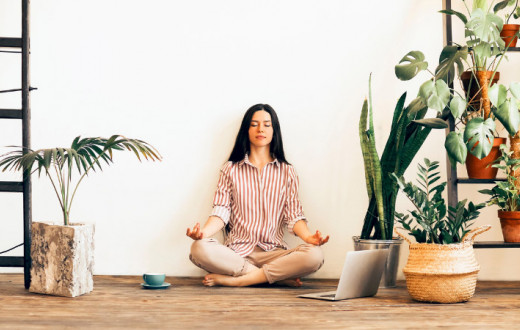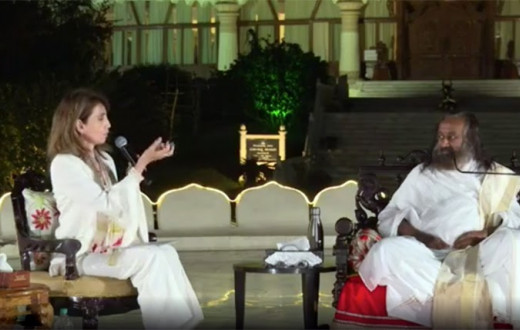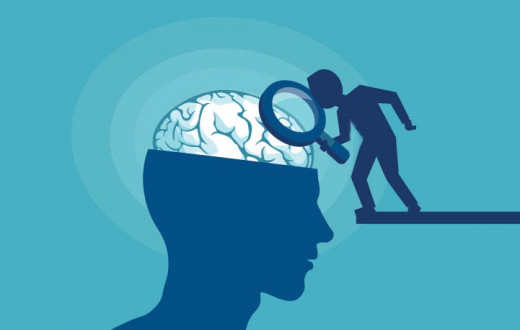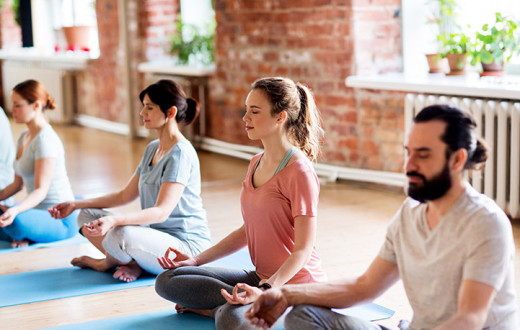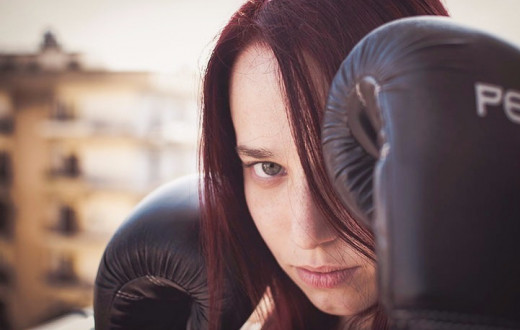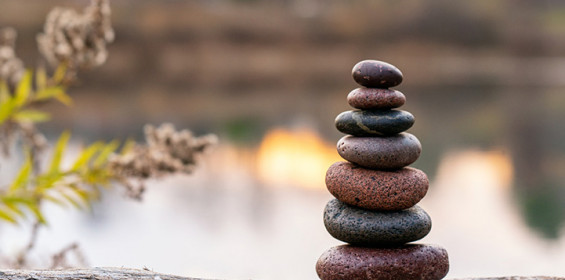By Elizabeth Herman | Posted: September 28, 2019
Acceptance and trusting in the universe can create happiness even in the face of misfortune. Whether in relationships, professional life, health, or any other area, you can move on to other things if you start by accepting what is. One of the things about life that you can accept is that circumstances always change.
Knowing that everything changes can prevent you from becoming stuck in a problem. For instance, being underemployed in part time jobs is a circumstance has been difficult for me several times during my life, but I know that it will change. By reminding myself that life is fluid and ever evolving, I can look towards a brighter horizon, and not become sad or depressed.
1. Meditation and patience
When I sit down to meditate, I know that it will take between 20 and 30 minutes of my time. This happens two times a day at least, sometimes more. This mental and spiritual exercise encourages me to be patient and allow the time to pass and my mind to get the rest it needs.
On one of his recent webcasts, Gurudev Sri Sri Ravi Shankar talked about some recent studies done in the U.S. that showed that 15 minutes a day of doing nothing makes the brain younger.
These studies give me hope that sitting for regular meditation, and accepting life patiently, will actually produce more life and time for myself in the long run, since my brain is becoming younger due to the regular breaks I’m giving it.
Sometimes my meditations are very deep and I stop thinking, while sometimes the thoughts keep appearing in my mind. Either way, the best practice involves acceptance of however it goes. Realizing that the different levels of transcendence in meditation are all part of a larger process helps me to patiently continue to practice.
2. Change and practice
One amazing example of accepting change is the way my father has taken up tai chi. He’s 93 years old and it’s been less than one year since his wife, my mom, passed away. But still, he has accepted the loss and the changes it has brought him, and been brave enough to start this new physical practice. He approaches it with great patience, accepting his own body and his ability to complete some moves and take some positions and not others.
He says that for him, tai chi is “strenuous because I’m older than the rest of the people in the class. They’re in their 60s and more supple and flexible than I am.”
“Balance and getting over the creakiness” is what he says he really needs from the new practice. “I can move different muscles, but everything’s stiffer, the joints are stiffer. I just have to keep up. There are certain things I can’t do. I can’t sit cross legged so I lean against a chair and everybody accepts that.”
“In a group, you try to keep up with the other people. When I’m at home, I don’t do the moves in a disciplined way like I do in group. Being in a group is an incentive.”
What he says about starting tai chi at 93 is applicable to my lifelong yoga practice (I started yoga and meditation when I was 7 years old). I also find that balance and creakiness are part of my work to support myself and live with middle age. I have to stay afloat despite difficulties and unexpected problems, such as family illnesses, car malfunctions, etc.
3. Being steady with yoga
Yoga postures can help you accept the changes in your body. As humans grow older and wiser, we often use more of our energy just to stay healthy and take care of ourselves. In yoga, the ideal way to practice is with steadiness, so there’s no need to push your body beyond what it can do without trembling or straining..
Like my Dad, I sometimes have to accept the necessity of moving my weight around to balance in standing yoga postures like triangle, warrior, and tree. To help the creakiness, I’ve learned to use peanut oil to massage my joints so I can keep hiking in the woods near my home.
I tell these stories with the intention to help you learn to take life as it is, if you so choose. The way of acceptance is so much smoother and softer than the hard way of struggle.
If you’re interested in learning more about acceptance and patience through yoga and meditation, check out courses like the Art of Living Happiness Program or Sahaj Samadhi (natural bliss) meditation, and find a program near you.
Elizabeth Herman writes, offers writing support to clients, teaches, and volunteers for a better world. She has a PhD in Rhetoric, Composition and Literature.

